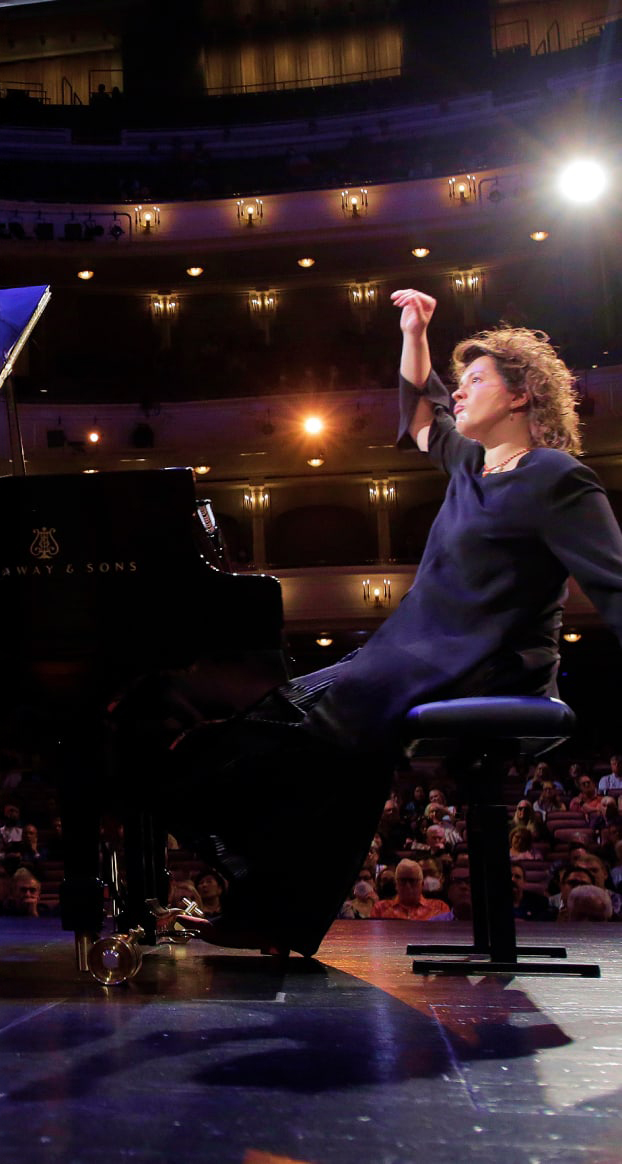Joshua Roman Signs with Cliburn Agency for General Management
The cellist, composer, speaker, and curator forges a new, holistic approach to the visioning and management of his career, including a partnership with the Cliburn team.
Now, in this season of gratitude, we wish you happy holidays filled with music, laughter, and warmth, and thank you for being a treasured member of the Cliburn Family.
Please consider the Cliburn in your 2025 year-end giving, as we build towards some exciting announcements in the coming year.



Watch the incredible performances from this year's Competition.
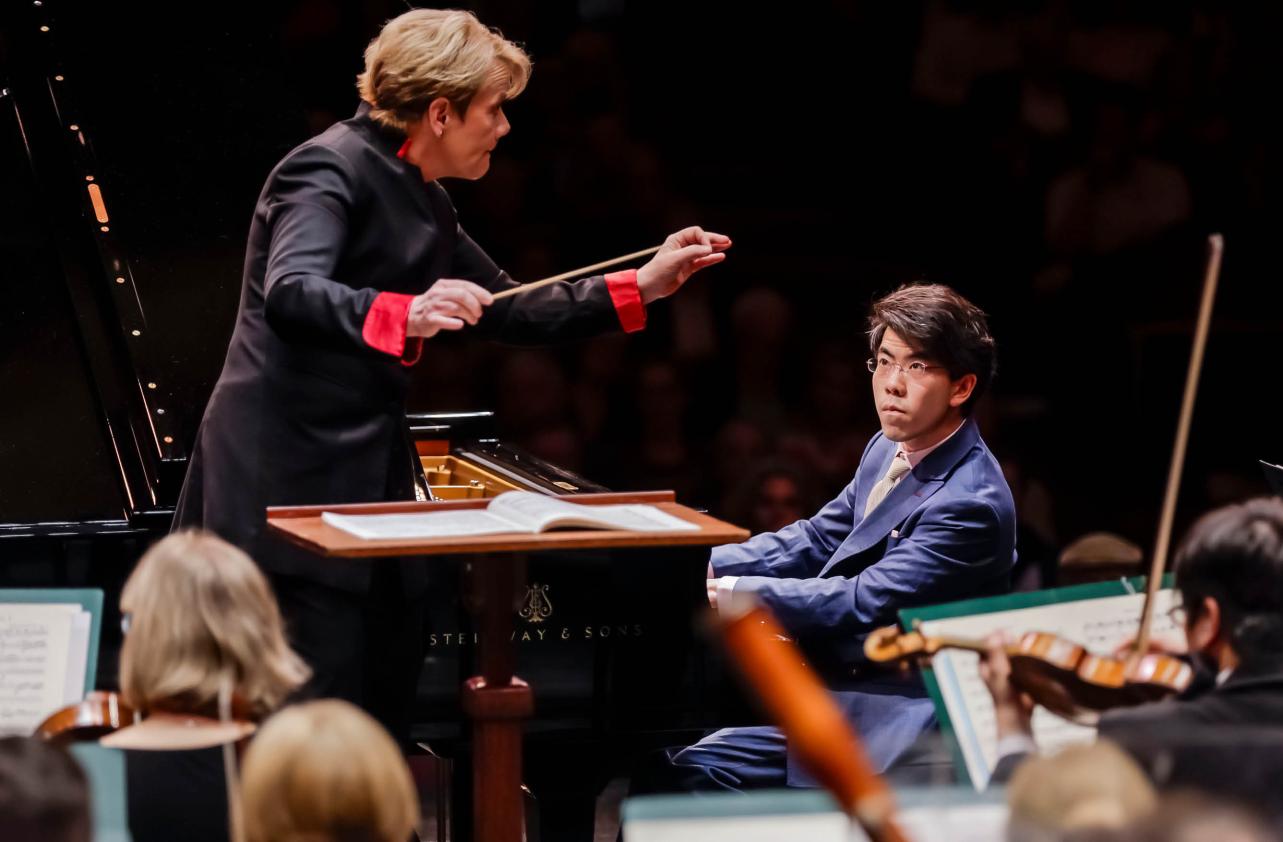
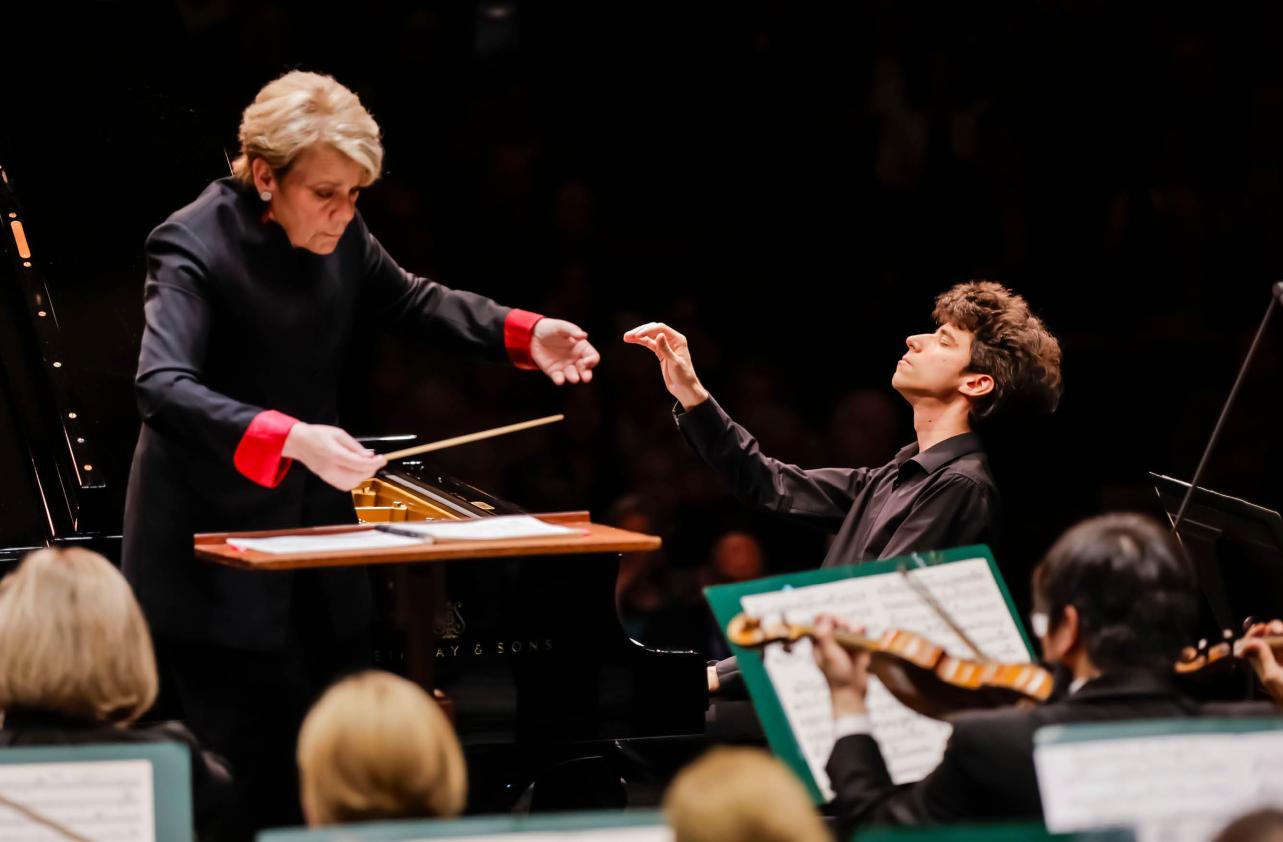
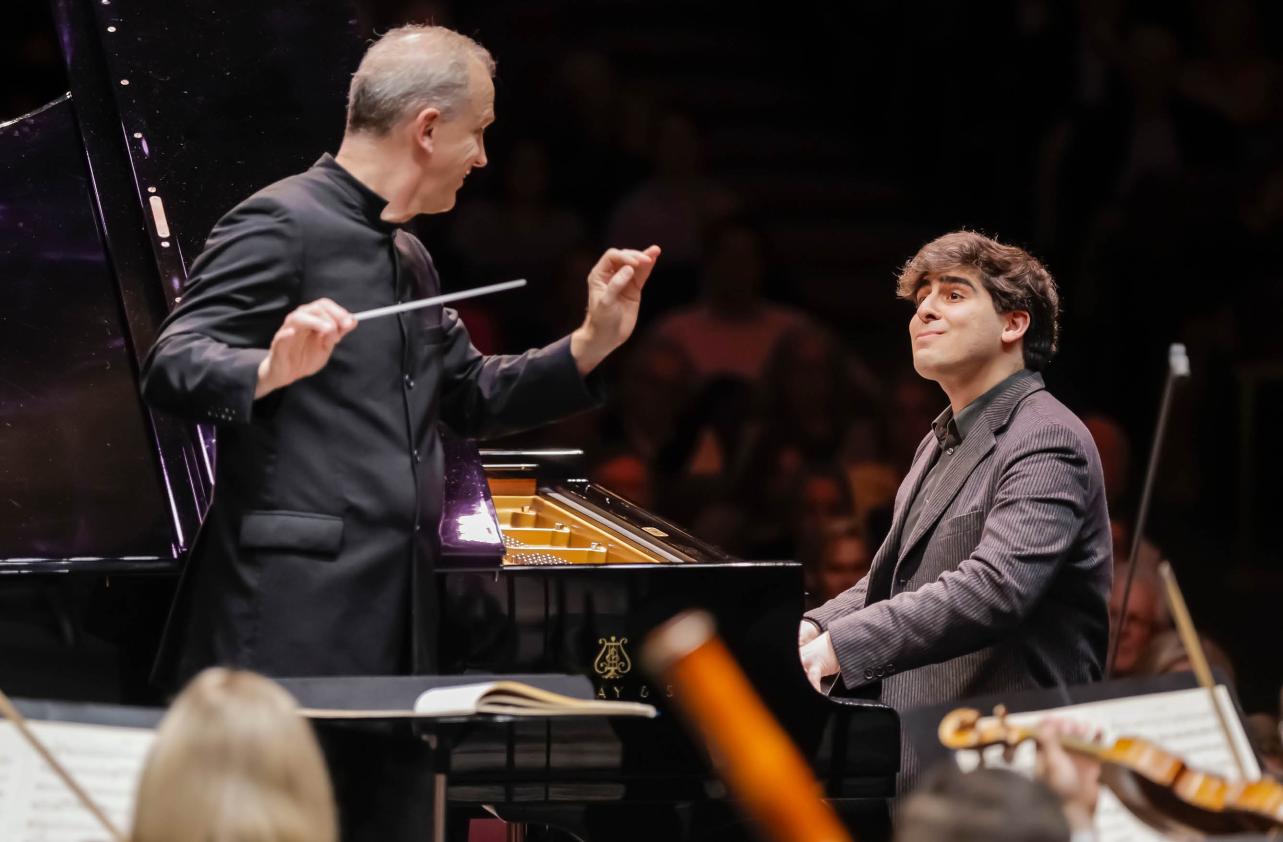
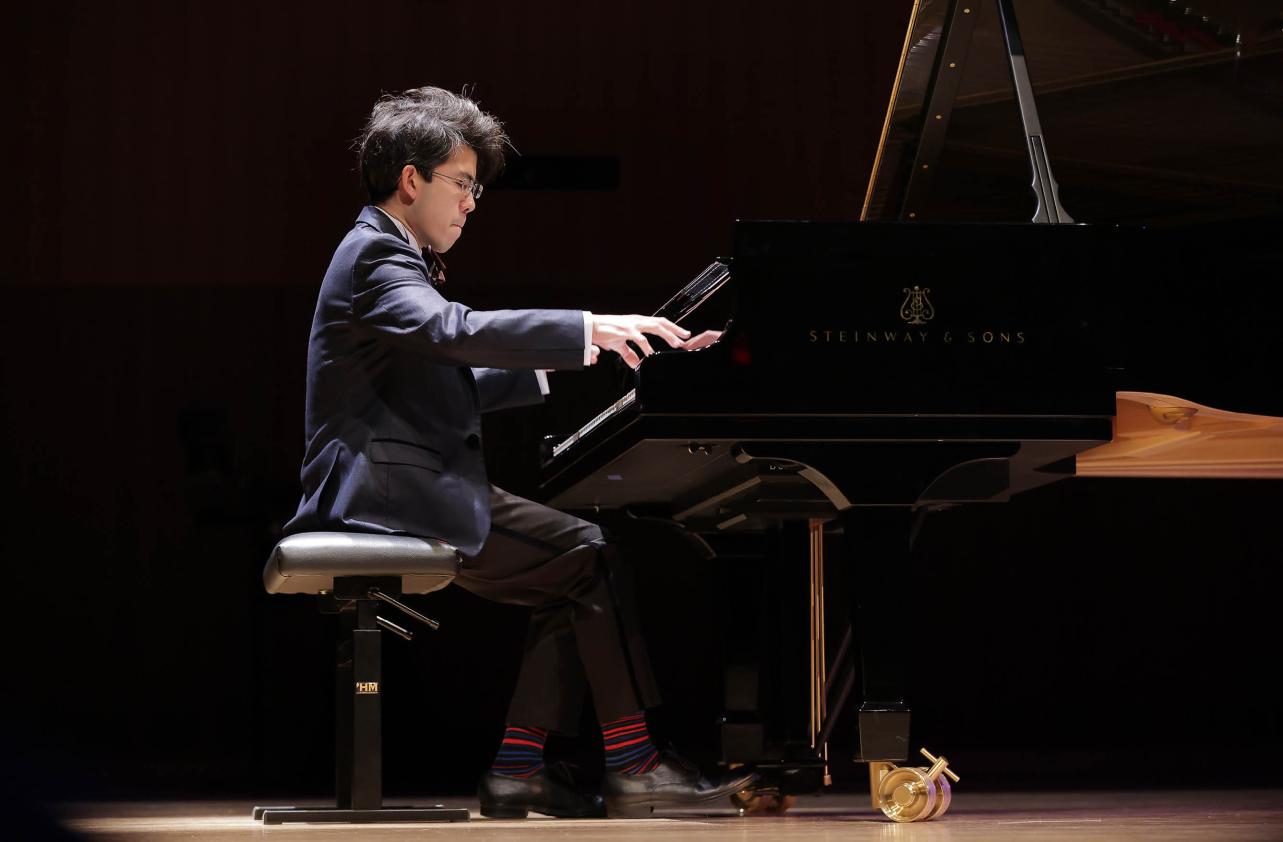
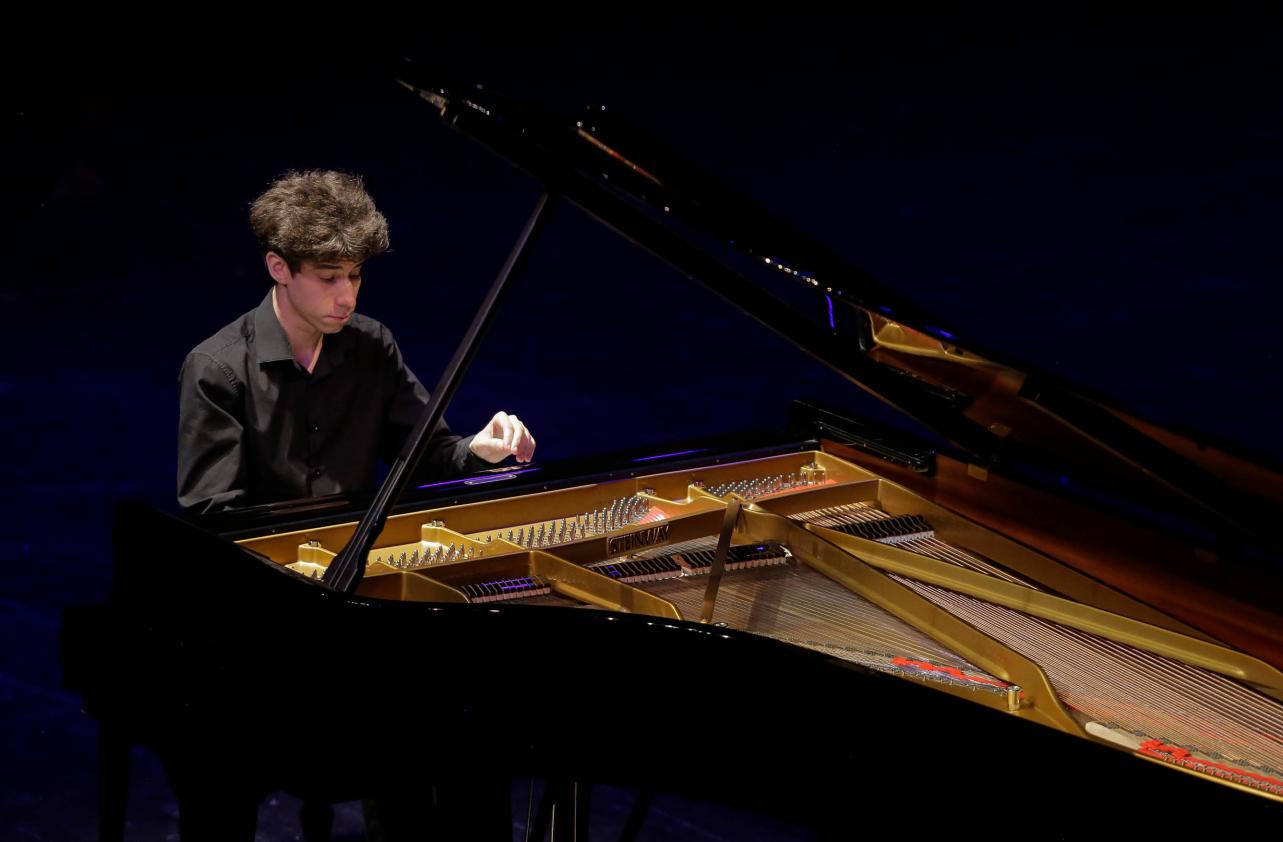

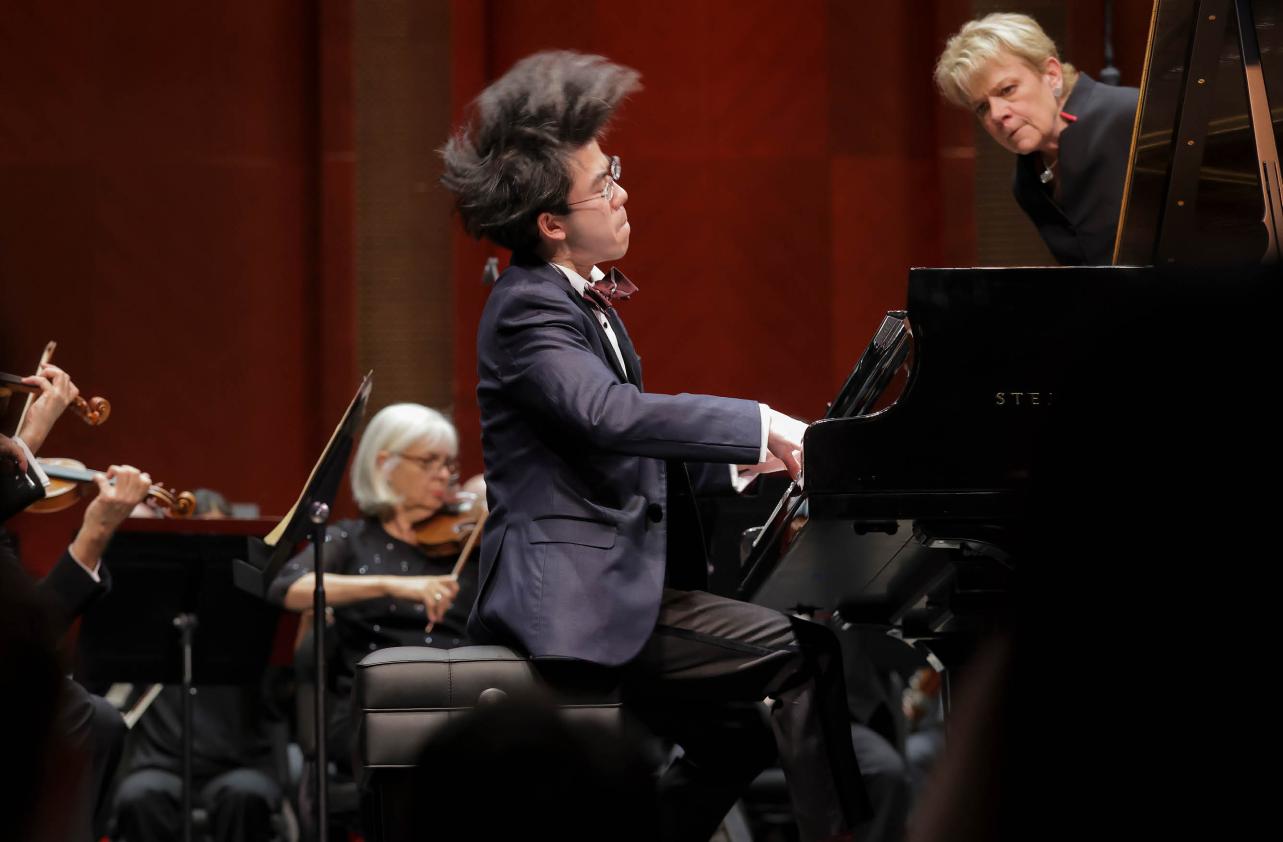
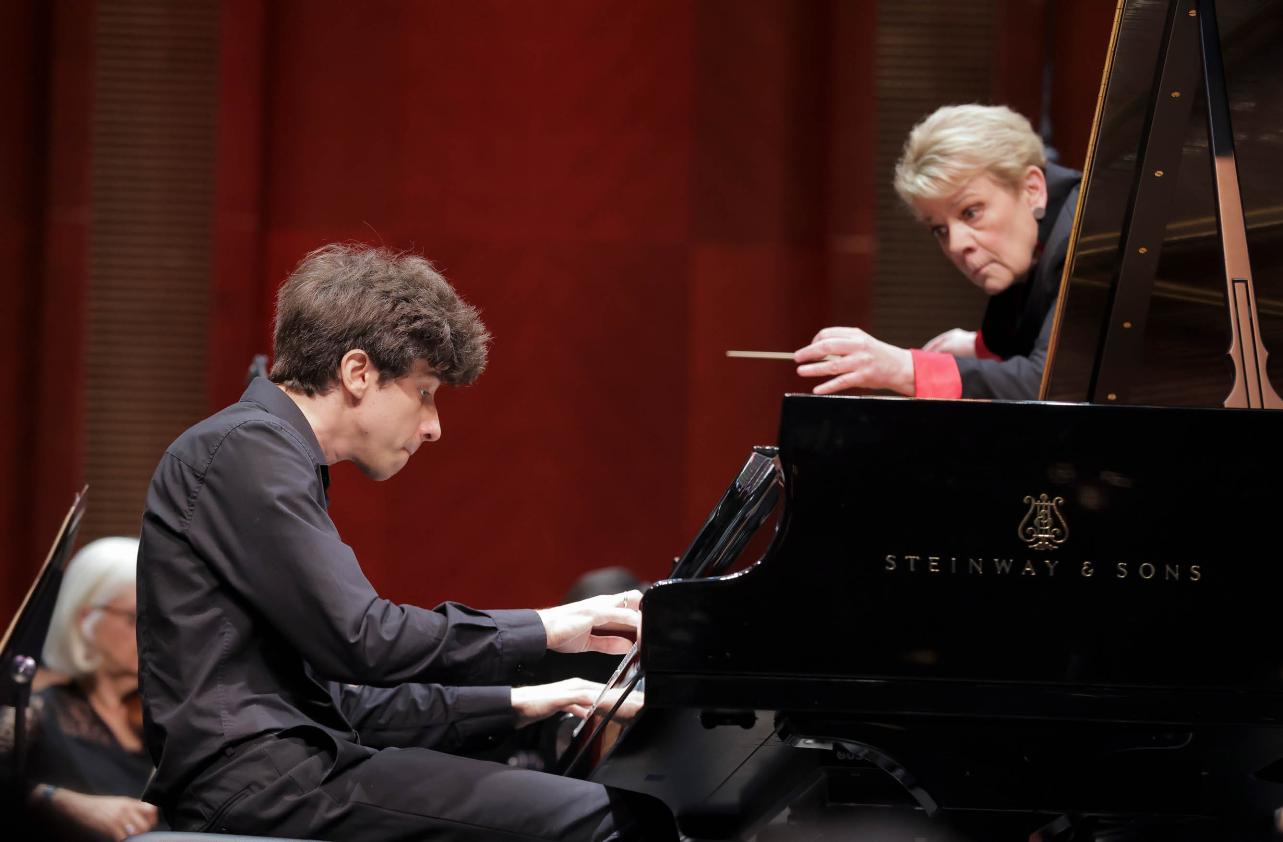
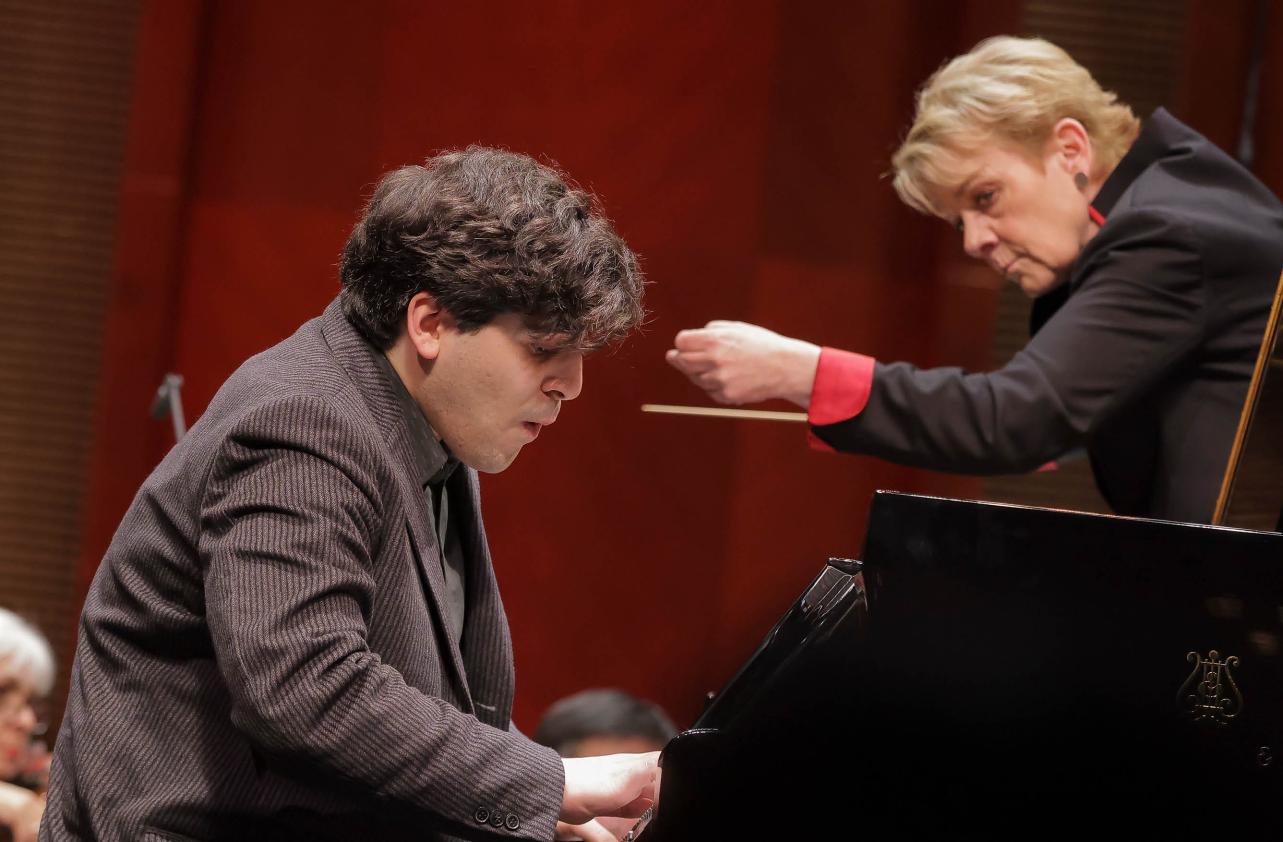
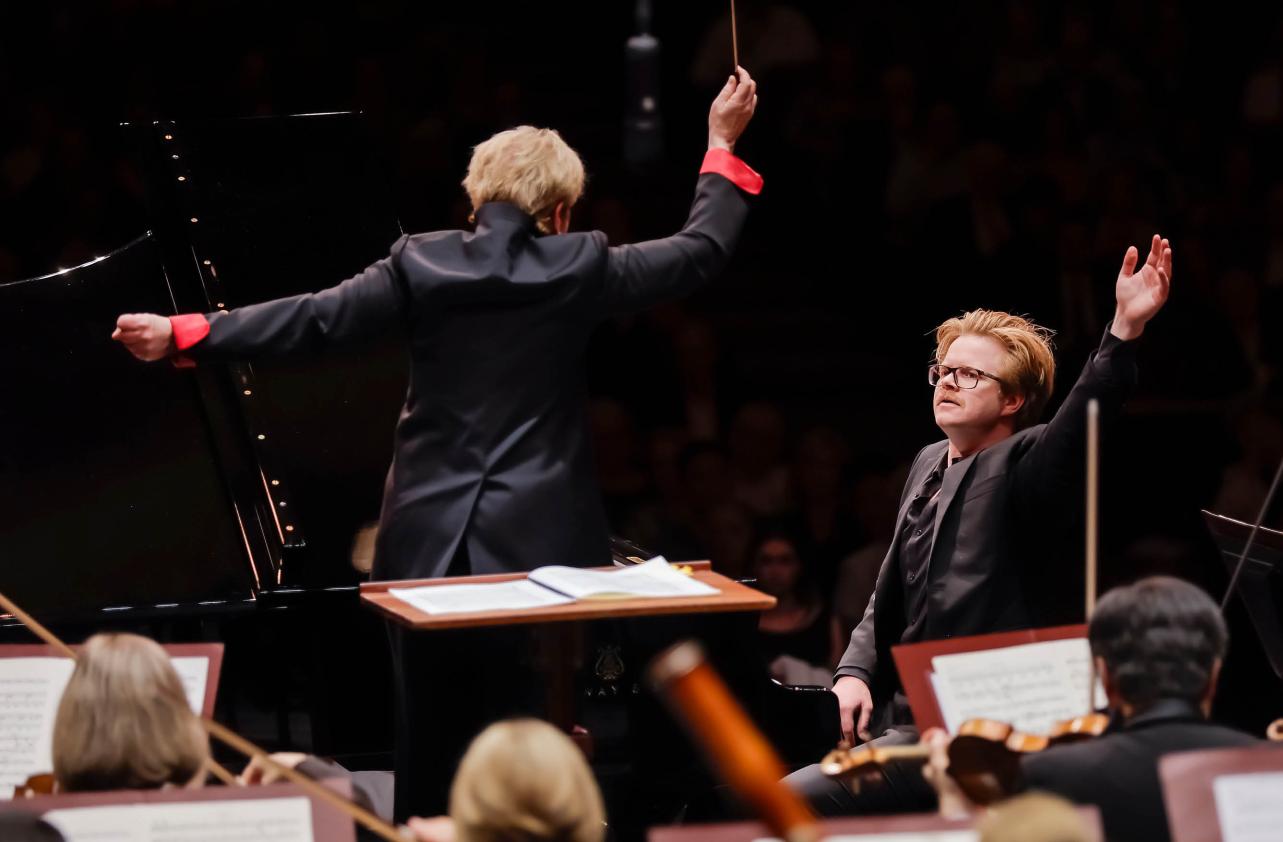
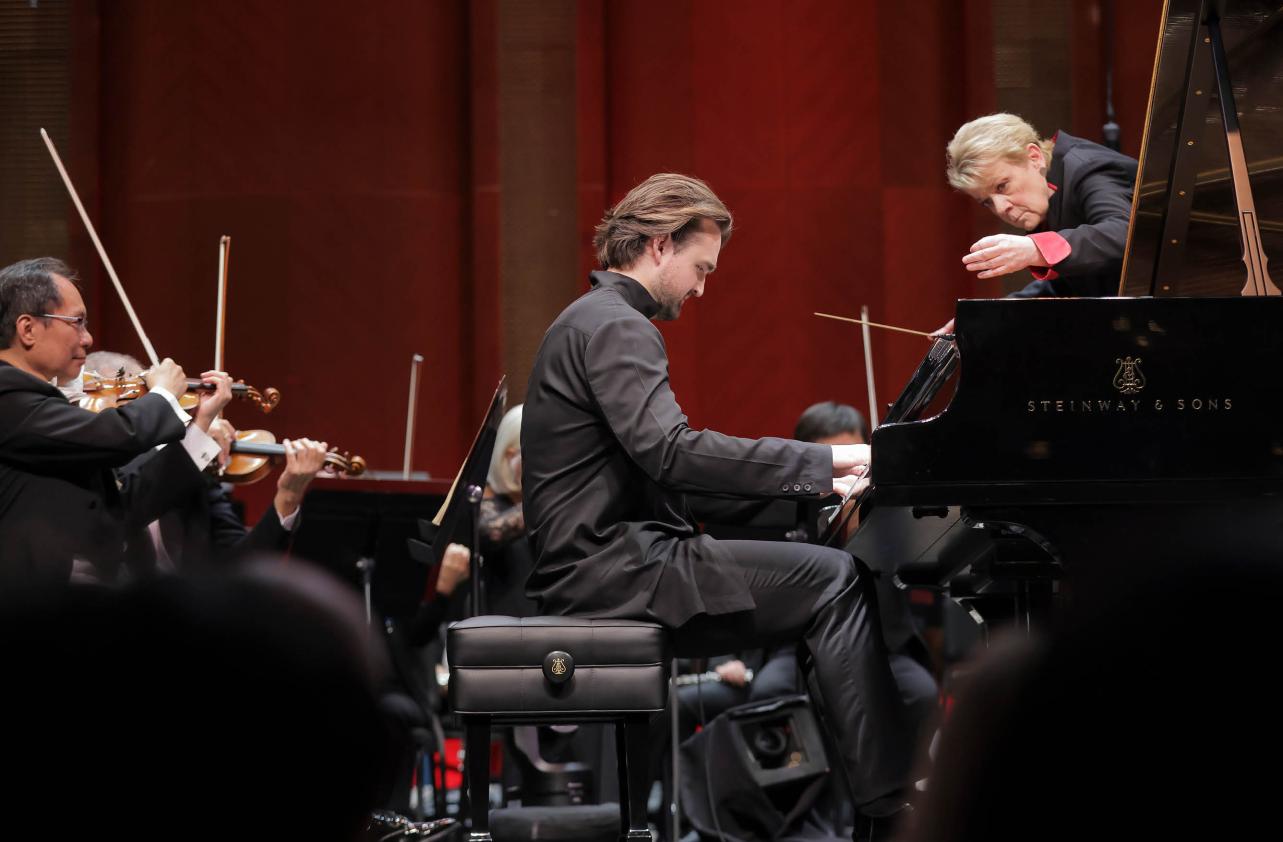
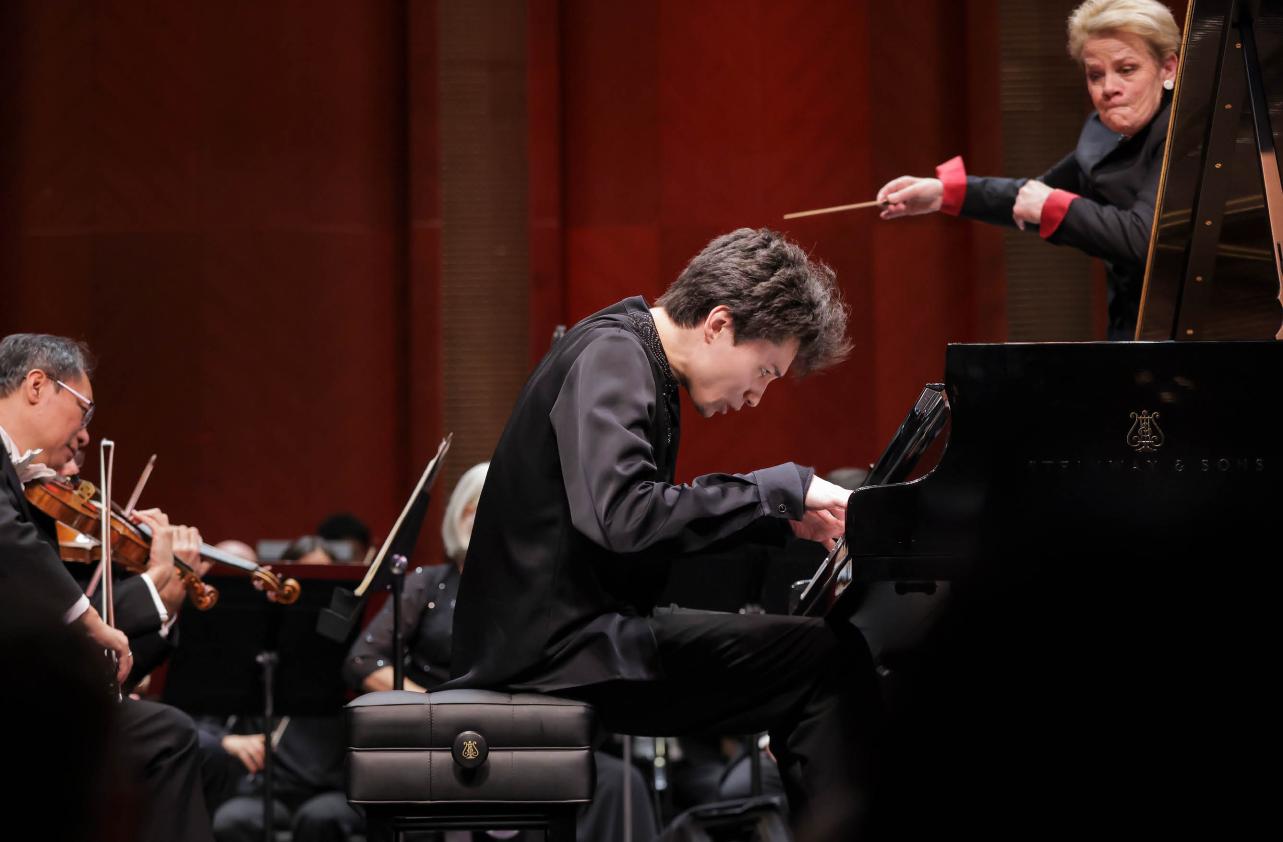



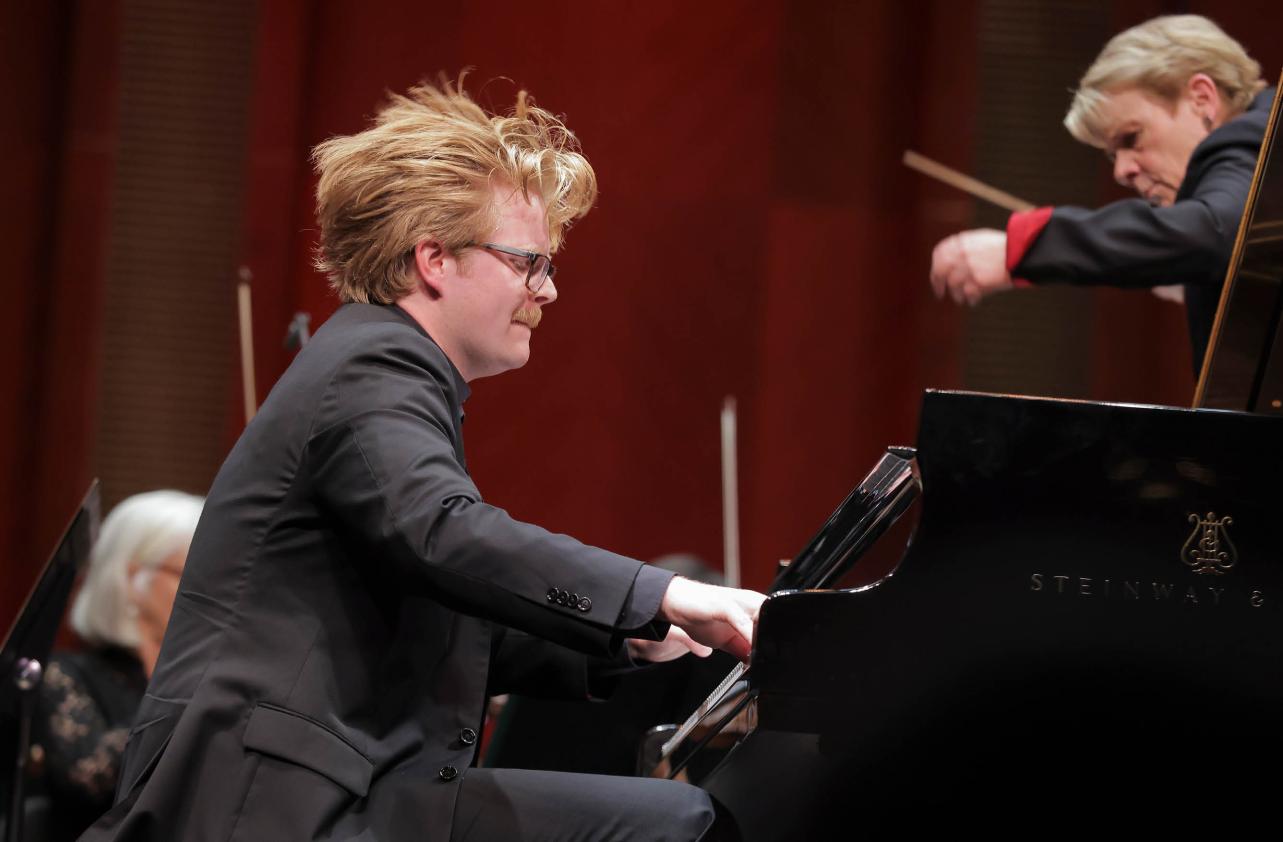
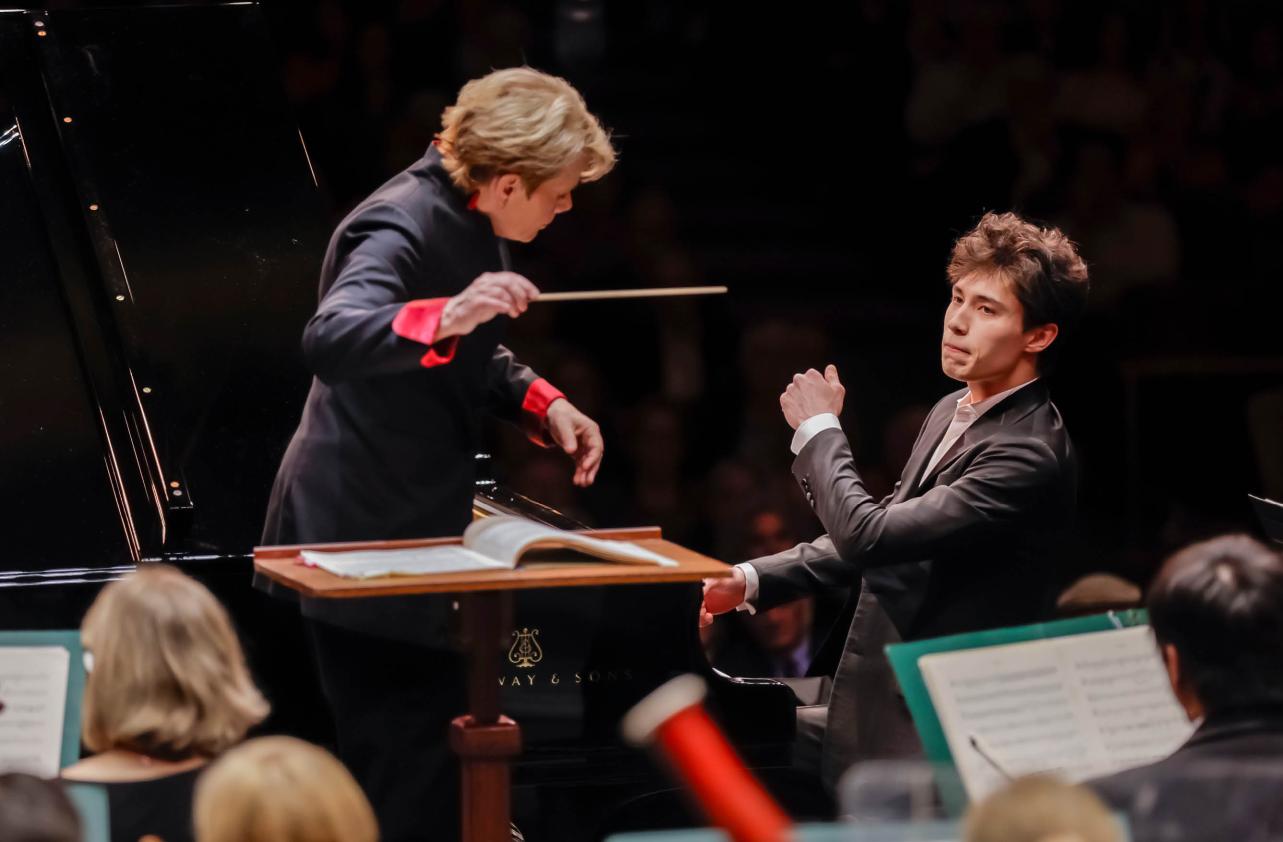
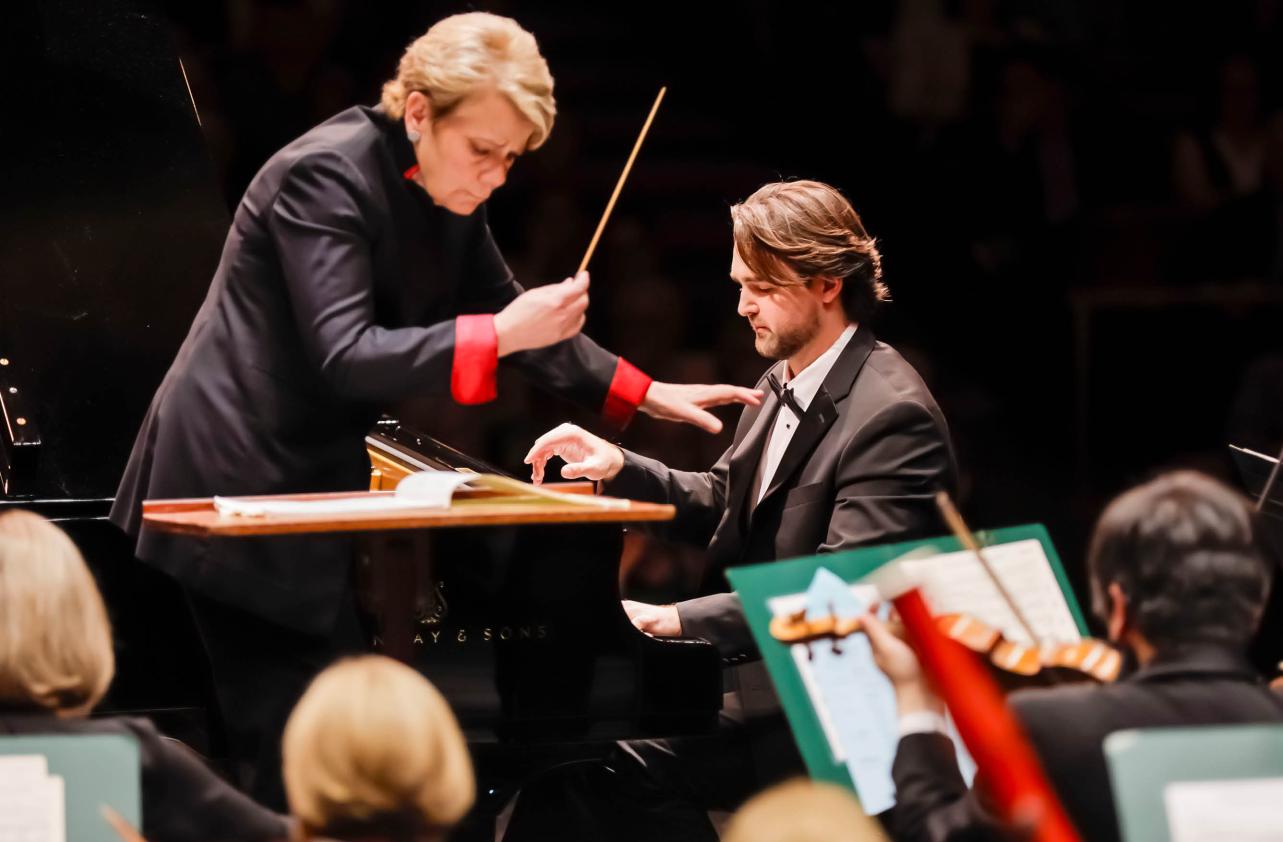
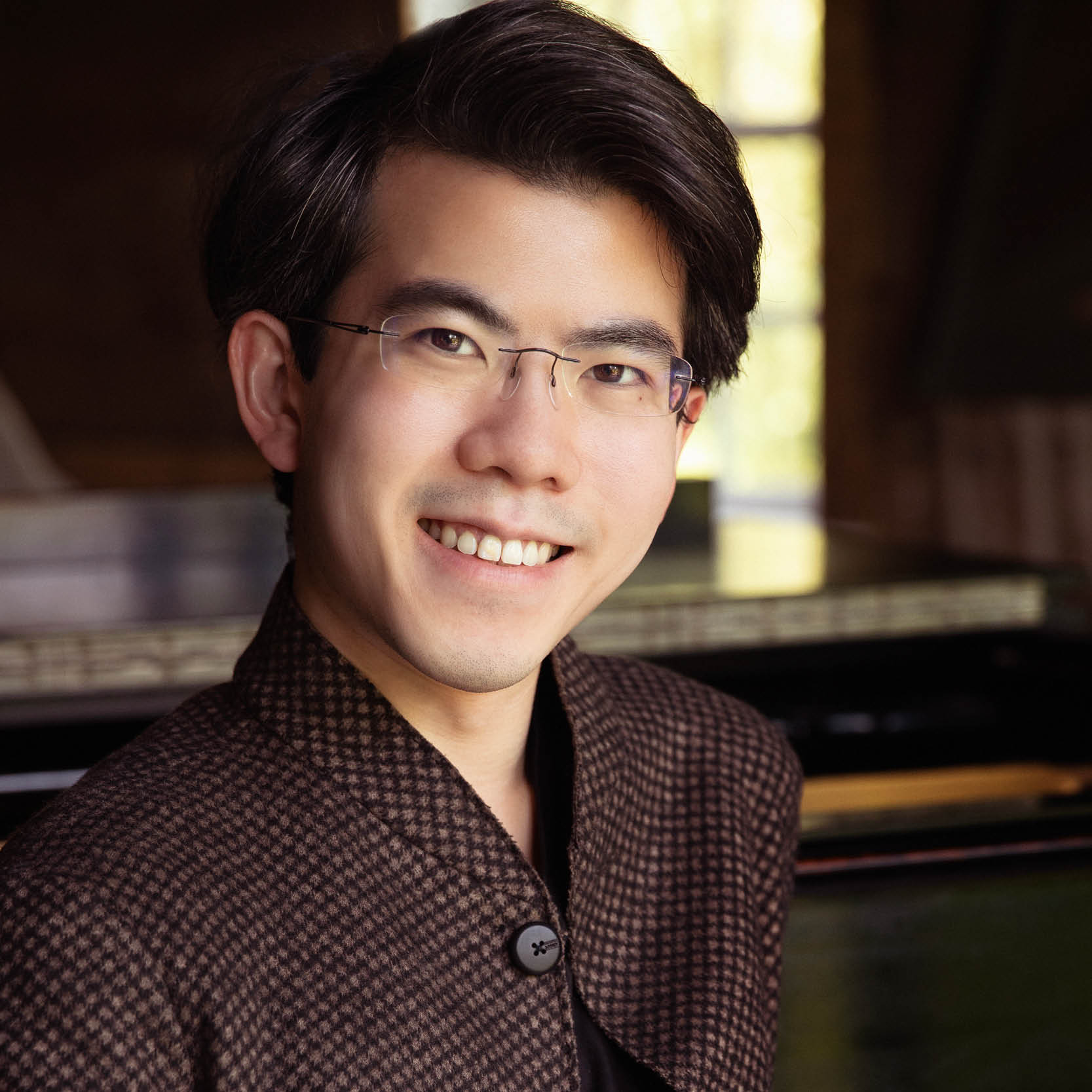
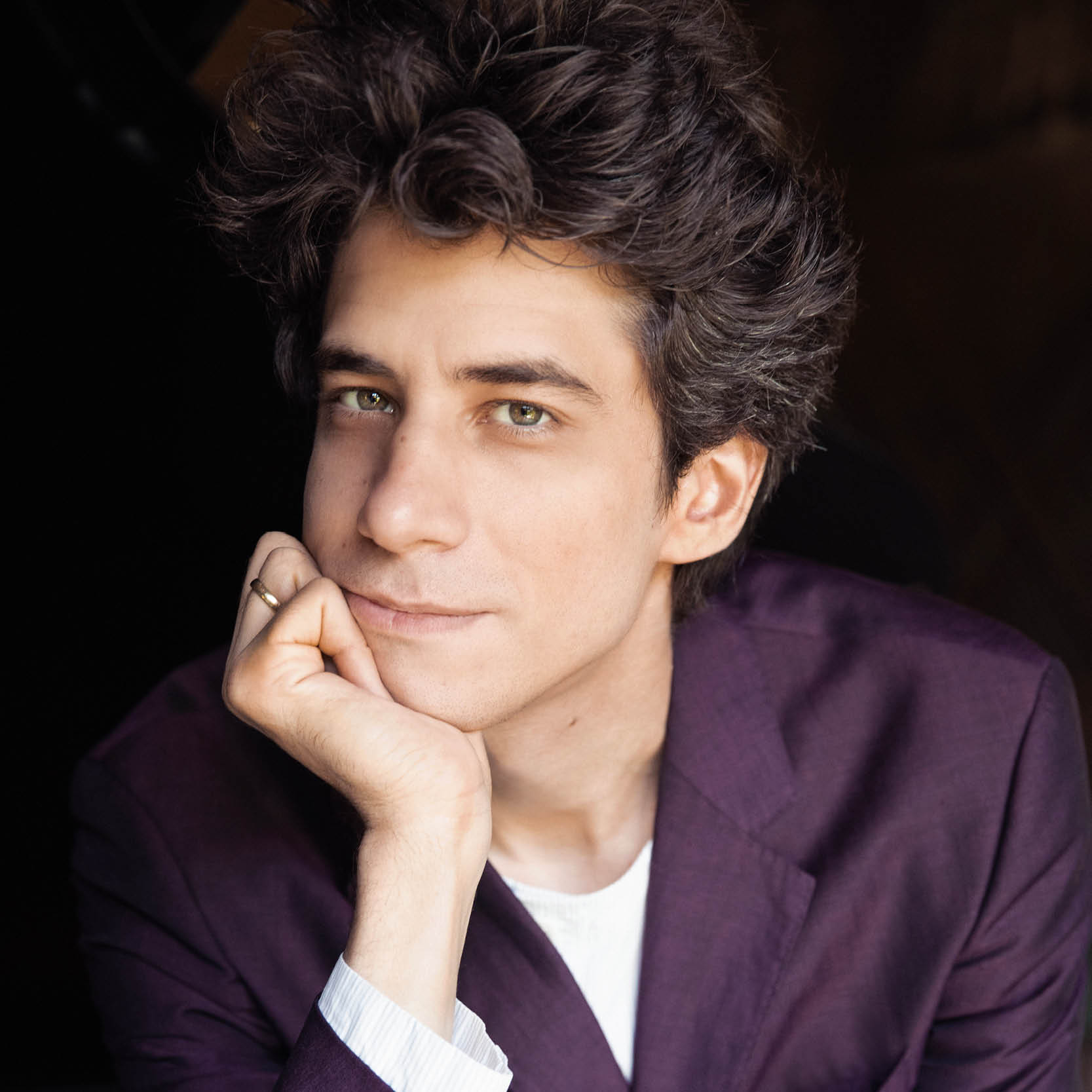
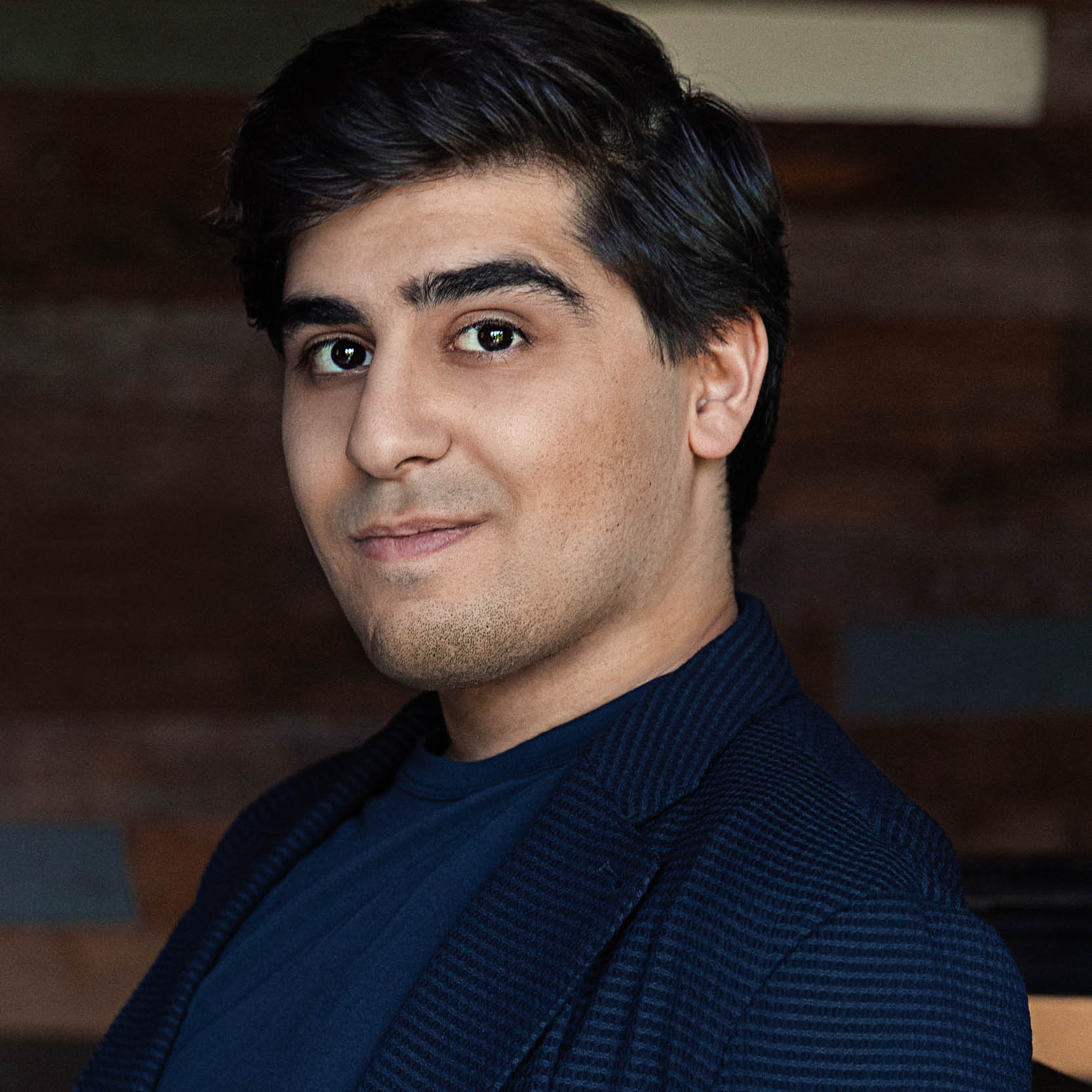
Read the latest Competition announcements, career updates from past medalists, profiles on members of the Cliburn community, annual concert and educational programming, and more.
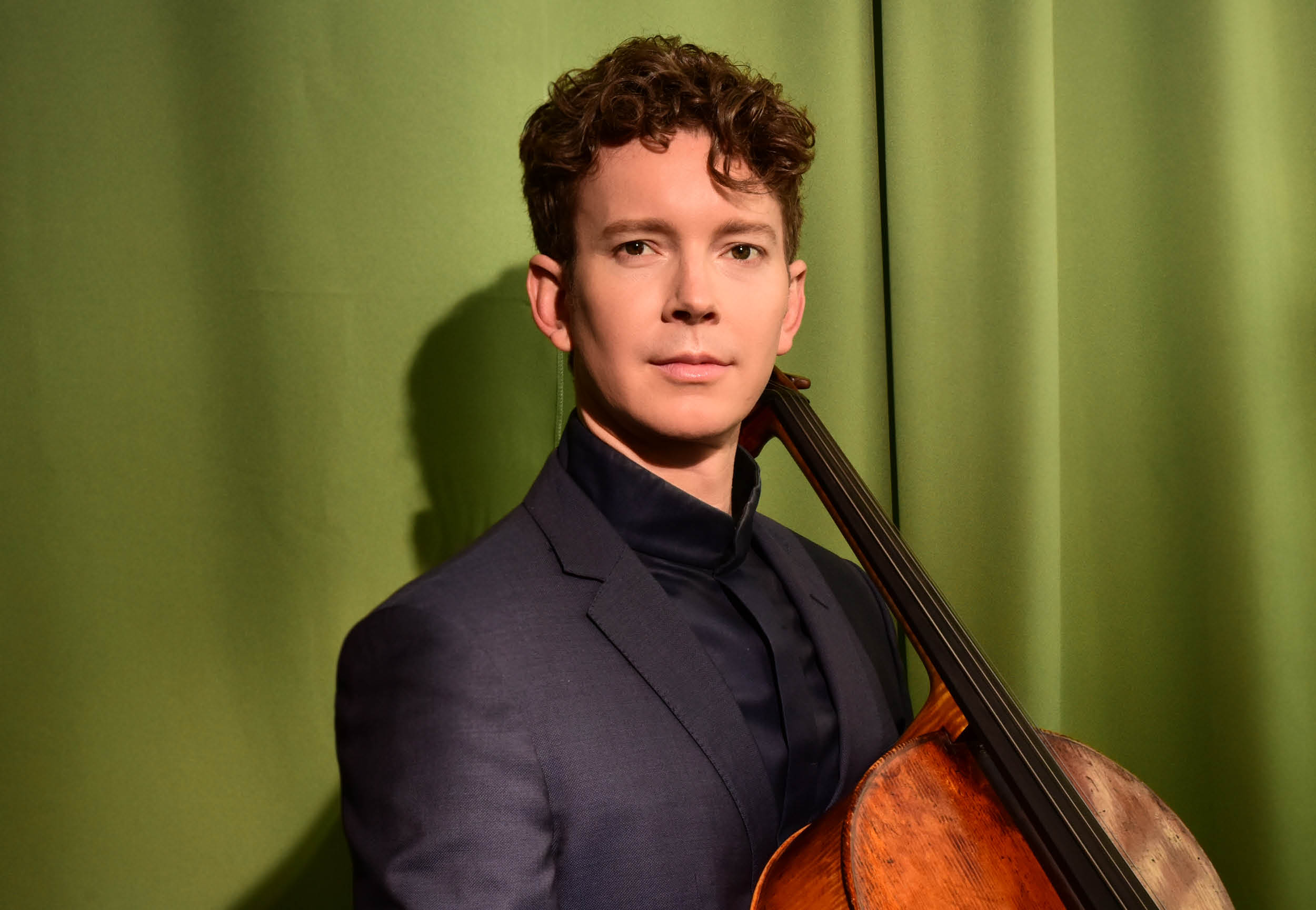
The cellist, composer, speaker, and curator forges a new, holistic approach to the visioning and management of his career, including a partnership with the Cliburn team.
The platform and exposure we get from this competition, and the support we get both from within the organization and audiences around the world is just incredible.

The Cliburn has been a fabric of our cultural environment in Fort Worth since the 1960s, and its reach to the national and international stages is invaluable.

The Cliburn is in a league of its own. These are Olympic-level pianists, and everyone should take advantage of the opportunity to participate and to hear these young people perform.

For competitors, the Cliburn offers an unparalleled exposure to the international media, presenters, and industry leaders—forging relationships long before the final notes are played—and the Fort Worth audiences will applaud and encourage you as no other audience anywhere.

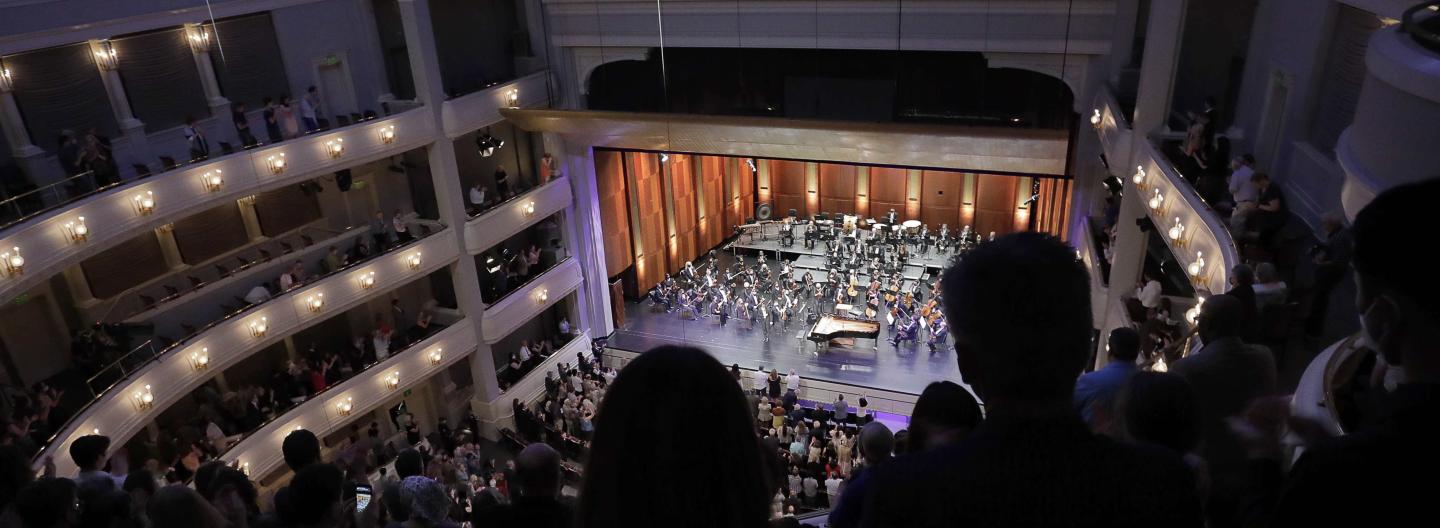
The dedication of your time and resources fulfills the Cliburn’s mission of providing life-changing opportunities for young pianists, participatory music education for public elementary school children, and access to excellent art for lovers of music.

